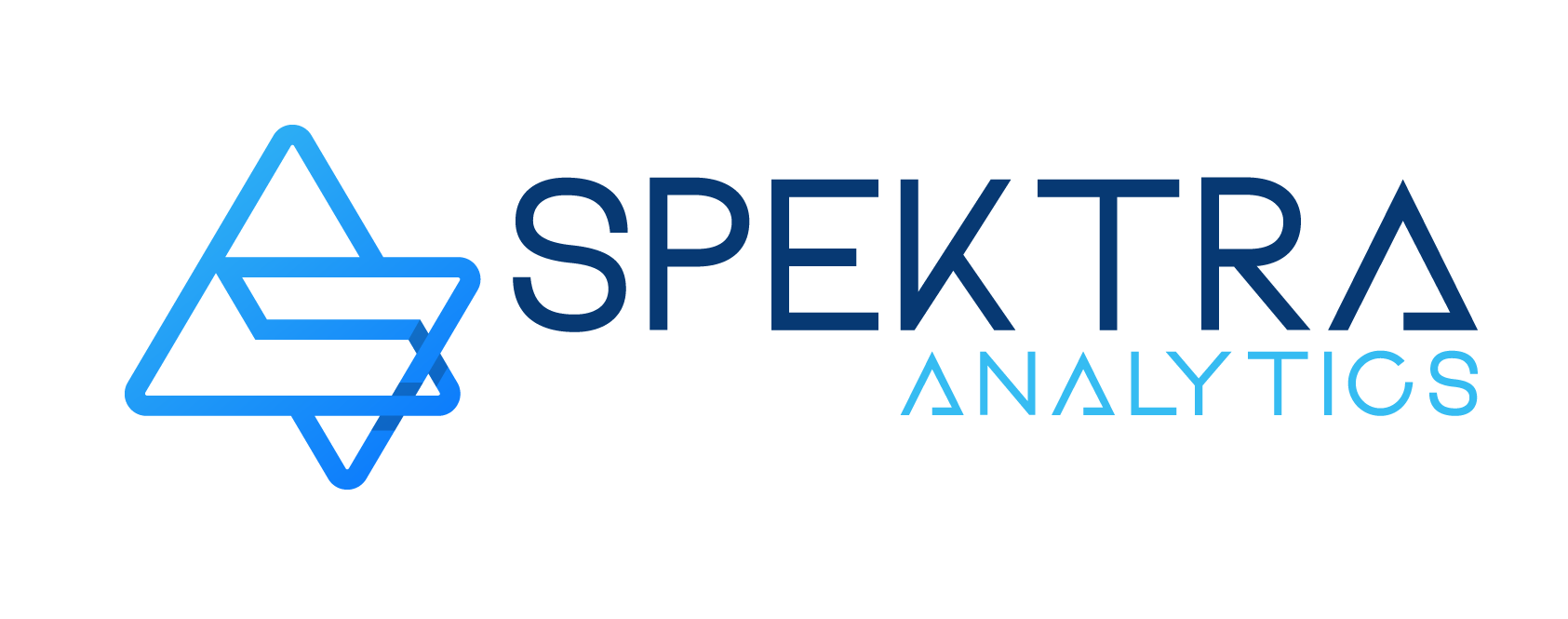
As part of the clients ongoing efforts to baseline and reduce carbon emissions, IT requested assistance from Spektra Analytics in performing a Co2 baseline for all of IT to provide transparency for total emissions related to IT. This would allow the client to baseline and monitor the biggest emission sources
The lack of available and concrete data in this key area created significant challenges, which Spektra Analytics in cooperation with the client had to overcome.

Other major direct sources are the PCs used by the clients employees, which are delivered by IT. The FTEs working within IT also has a significant footprint, including travel and other indirect effects from the FTEs. All of these emissions sources are part of the total footprint.
For indirect emissions major software vendors like Microsoft and SAP will influence total emissions. This is because products like Office 365 is delivered as a SaaS solution, but the underlying infrastructure from Microsoft contributes to the total CO2 emissions baseline.
2. Validation: Spektra Analytics validated emission baselines for all emissions where data was not readily available. The maturity in reporting on emissions from the vendors differs wildly, which required Spektra Analytics to provided realistic and validated numbers to create a realistic overview of total emissions. Spektra Analytics also used peer comparisons to ensure validity.
3. Complete baselining: Once all of the data was collected and validated, Spektra Analytics created the full baseline for all of ITs emissions. The baseline was split into scope 1,2 and 3 categories, and created with full transparency for the client. This allowed the client to use the baseline for reporting both internally to key stakeholders, but also to use the baselining as the foundation for reporting to external stakeholders.
4. Creating a dashboard: As a final tool for the client to keep constant overview of the ongoing emissions and changing baseline, Spektra Analytics provided a dashboard that would allow the client to follow emissions interactively and also to be used as a reporting tool towards the business.


End-user emissions

2. Increased awareness: The project helped create awareness on all aspects of emissions, including the clients supply chain, helping it assess and reduce emissions associated with suppliers. This enhances the overall sustainability of the supply chain and ensures alignment with the clients environmental goals.
3. Foundation for decision making: The project provided a strong platform for the client to make evidence-based decisions regarding emissions from IT. Based on the complete baseline and full transparency, it was possible for the client to make informed decisions to lower emissions and improve sustainability within IT

